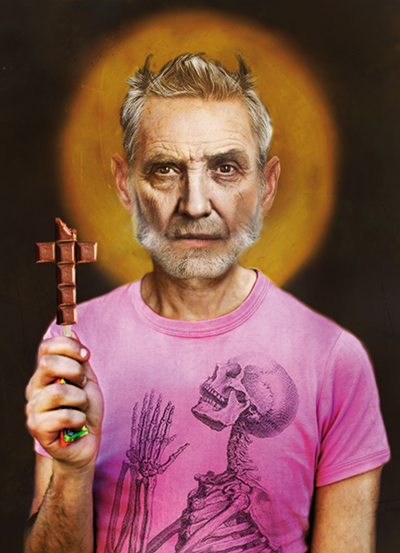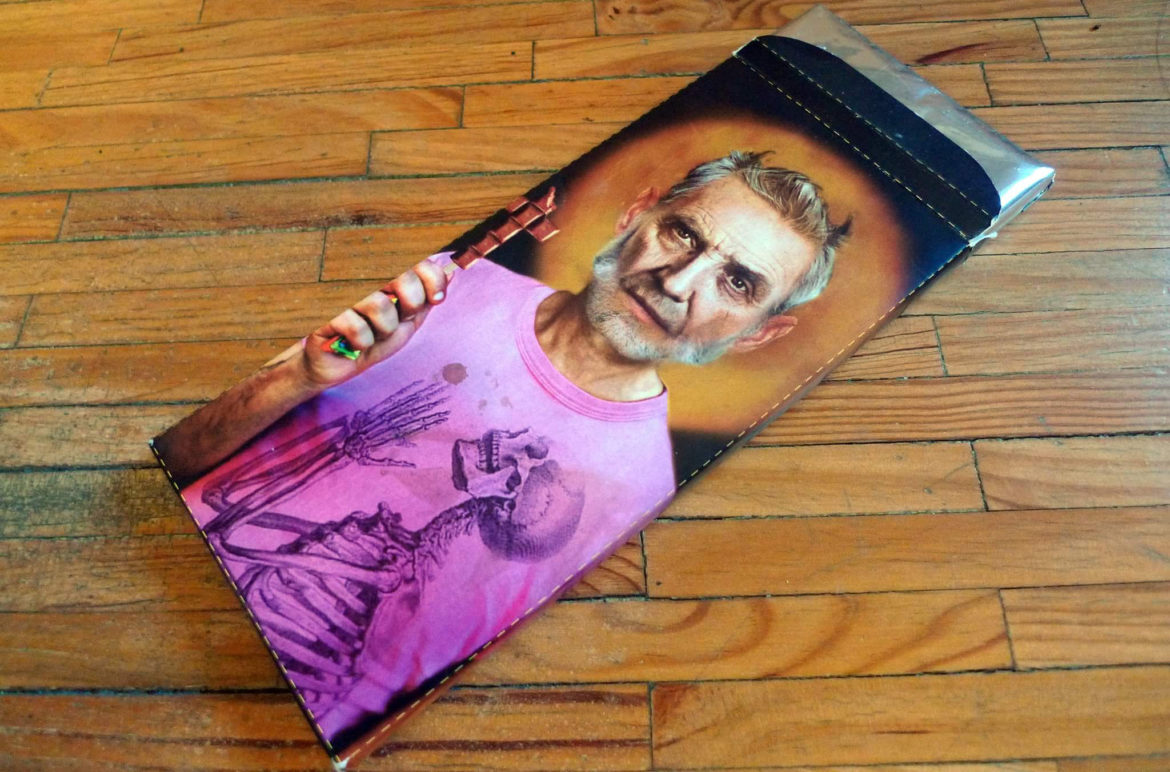[su_note note_color=”#f4f4f4″]We have a wide variety of articles and interviews from our printed issues, released now in its on-line version, to help our readers to spend some time reading due to the confinement caused by #COVID19. Like this one, about gastronomy and chocolate, two passions which help us to survive and dream before to come back to the “real” life!/ Illustration: © Pablo García García. [/su_note]
Chocolate requires neither introduction nor translation. It is known by most people all over the world and can be considered, as an ingredient, the stuff of dreams for any chef.
Be it from Ecuador or Central America, it is as yet unclear where chocolate was first offered up to warriors and the gods. What is clear is that it was from the Latin part of the continent that, along with all its cultural significance, this divine gift arrived, uniting and dividing the gourmands of all Europe across the centuries.
Whether it’s consumed by the cup, a most deep-rooted tradition of the 18th and 19th-century Spanish bourgeoisie, comparable only with the English Tea Time, or the British eagerness to get some chocolate “to hand”, the origin of the bar, for their beloved and frequent picnics, chocolate has never left a bad taste in anyone’s mouth.
The great, celebrity chefs of the world have returned to the butter extracted from cacao beans as the ultimate delicacy, served on set menus or found in miraculous TV recipe books.
It’s in this vein that the Spanish grandmaster and creator of the ‘molecular kitchen’; Ferran Adrià, in the spirit of Roald Dahl’s Willy Wonka, sees his dinner guests off with a wooden box full of 17 different types of chocolate and chocolatey elaborations.

Chocolate © Pablo García García
Heston Blumenthal, another important advocate of scientific cooking, this time on Anglo Saxon soil, even uses chocolate in a savoury capacity in one of his meals, such as his famous ‘Melt my heart’. Brought to life to mark Valentine’s Day, this dish contained, amongst other things, white chocolate, scallops and cream of mussel. In using chocolate like this, he harkens back to how it all began, to chocolate as it is used in Mexico in traditional dishes, such as mole.
With the fantastic desert christened ‘Chocolate Anarchy’, work of 2014’s World’s Best Pastry Chef, Jordi Roca pens an ode to our star ingredient. In the form of ganache, jelly, mousse, ice cream and in many other ways, the Girona native offers up chocolate in his meal, for the pleasure and delight of the creator and the diner in equal measure.
Of course, we could not forget the person that brought the sumptuous taste of chocolate back into our lives, off the beaten track of celebrity chefs and their restaurants, the great Nigella Lawson. The Queen of the exuberance of butter, the sensuality of sugar and cream on absolutely everything, ensures with her TV shows and books, in a tone as decadent as melted chocolate, she has ensured that English “cakes” are waiting for us in the new coffee spots all over the Iberian peninsula. Her ‘Chocolate and Guinness cake’ is an erotic bath of chocolate creaminess, strictly for adults.
Commoners and aristocrats, artists and philosophers, the humble and the great, all find refuge in chocolate, a place to dream and enjoy the oneiric flavour of this noble bean that has united the world, plunging us all into extreme adoration. There will never be a rift that could separate chocolate lovers from this most universal of products. Like art, chocolate expresses itself in all possible forms to offer pleasure not only to the senses, but to the mind and soul as well and, why not say it, adds flavour to our dreams.
[su_note note_color=”#eaeae9″]Translated to English by William Carter[/su_note]

